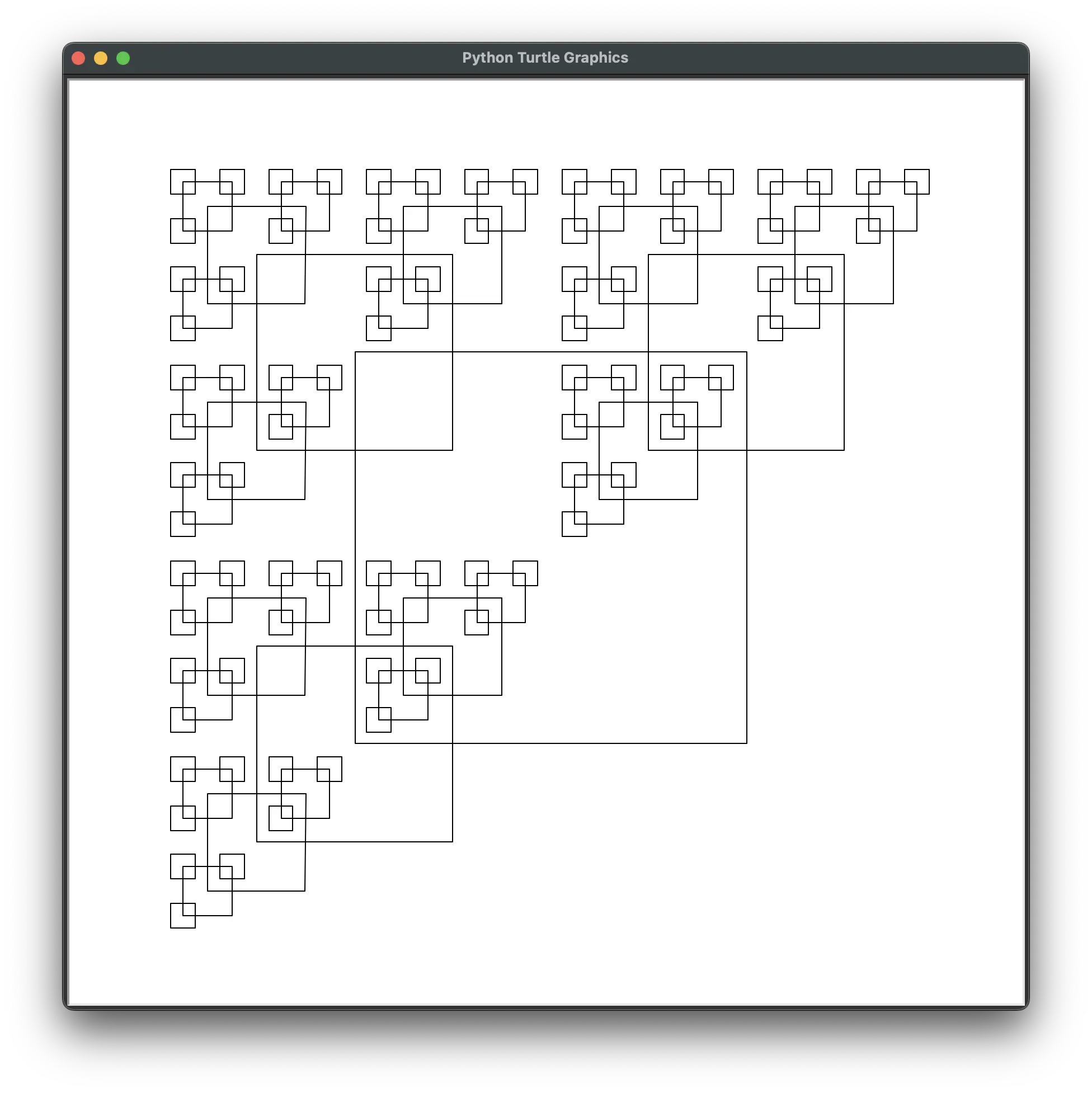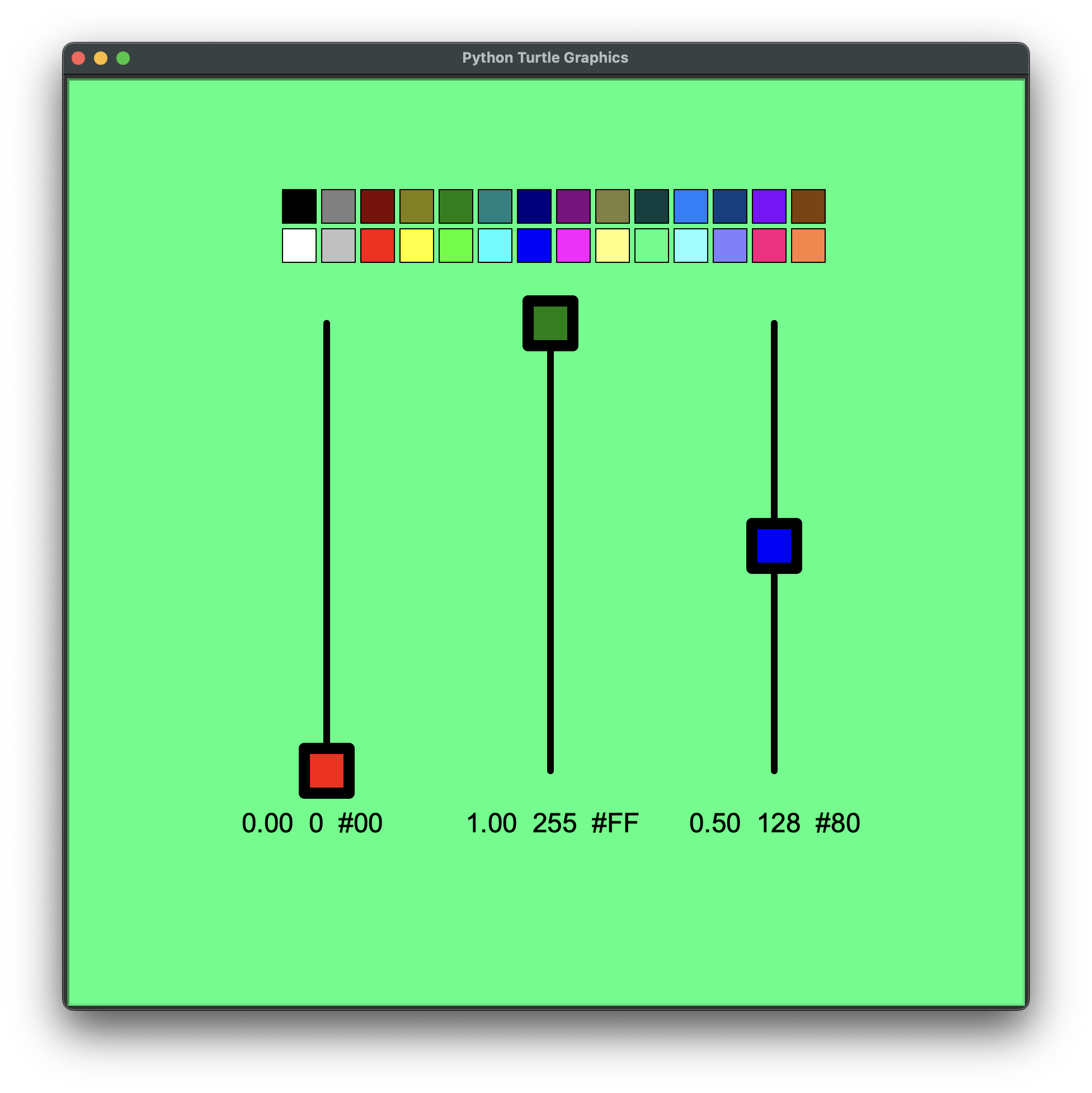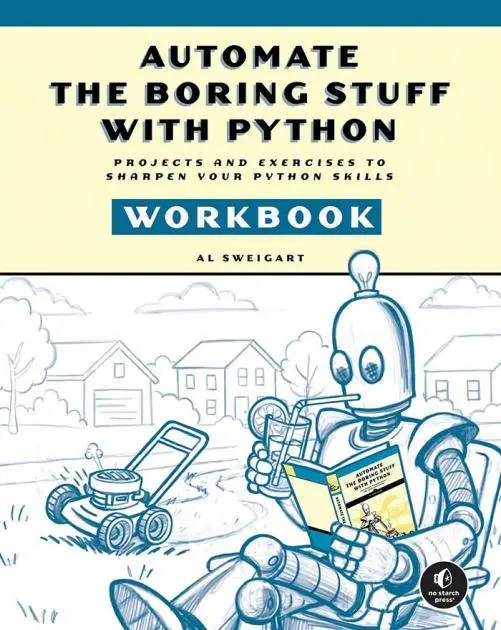Rock Paper Scissors Arena Simulation
Posted by Al Sweigart in misc
As part of an AI-generated code experiment, I had ChatGPT 5 create a Rock Paper Scissors "arena simulator" where different emojis play a game of tag. Emoji converts the "prey" emoji that they catch. This idea follows the tradition of "spatial rock paper scissors" simulations, such as this Julia-language "agents" framework example. I did multiple attempts, but you can view one chat log here.. You can download the rpsarena package from PyPI and see the source code in its git repo. The rpsarena package uses tkinter and has no dependencies outside of the Python standard library. After installing, run python -m rpsarena --help to view instructions on how to set up a game.






